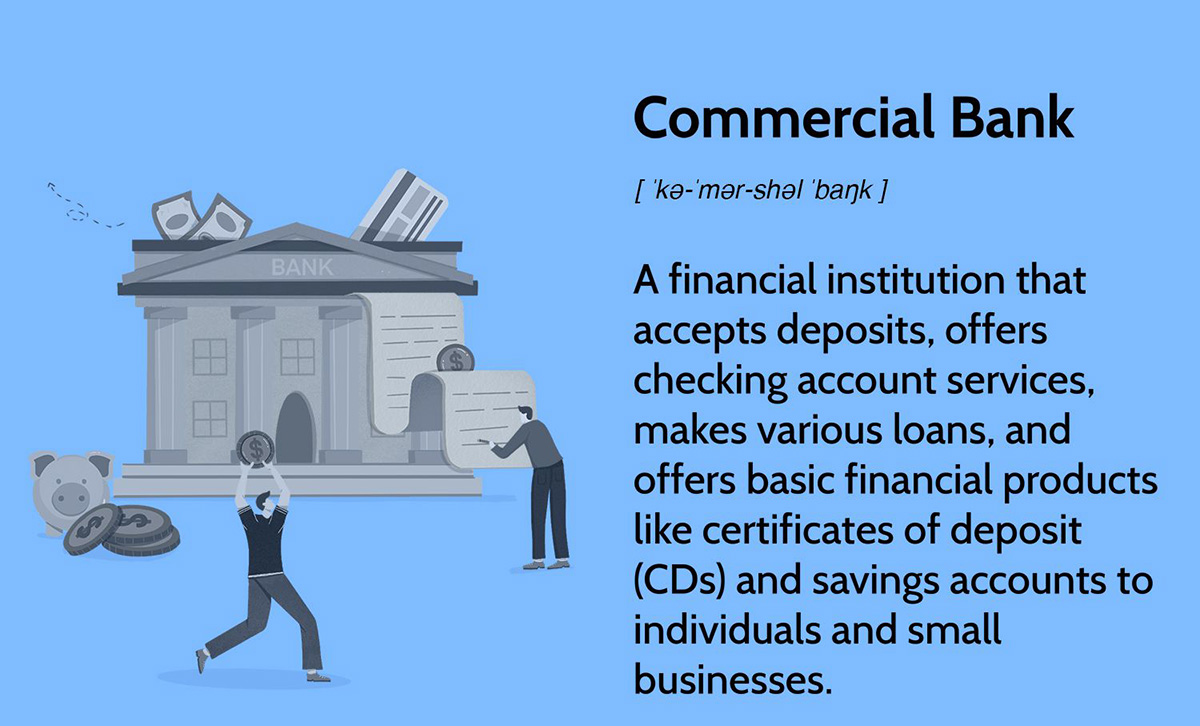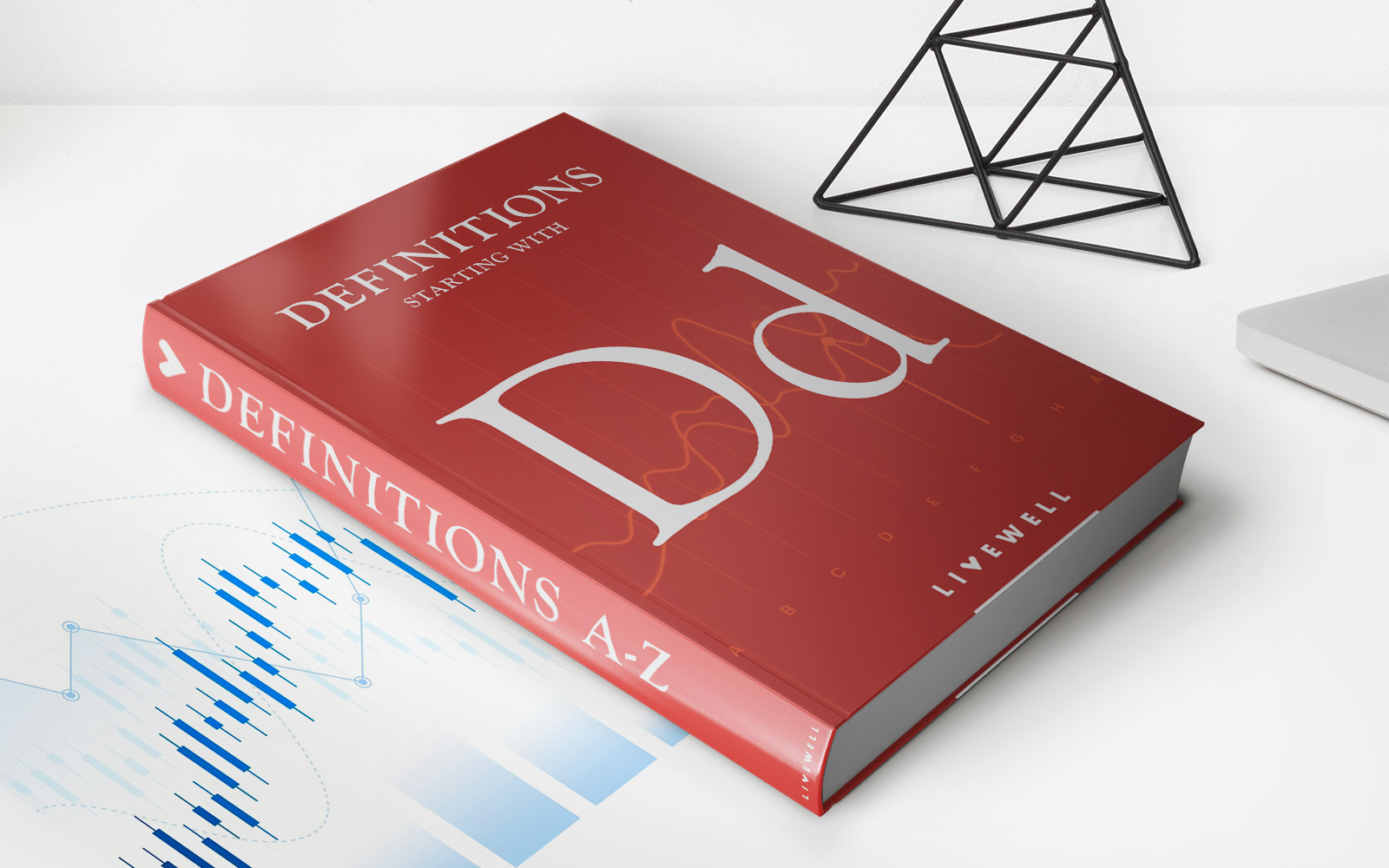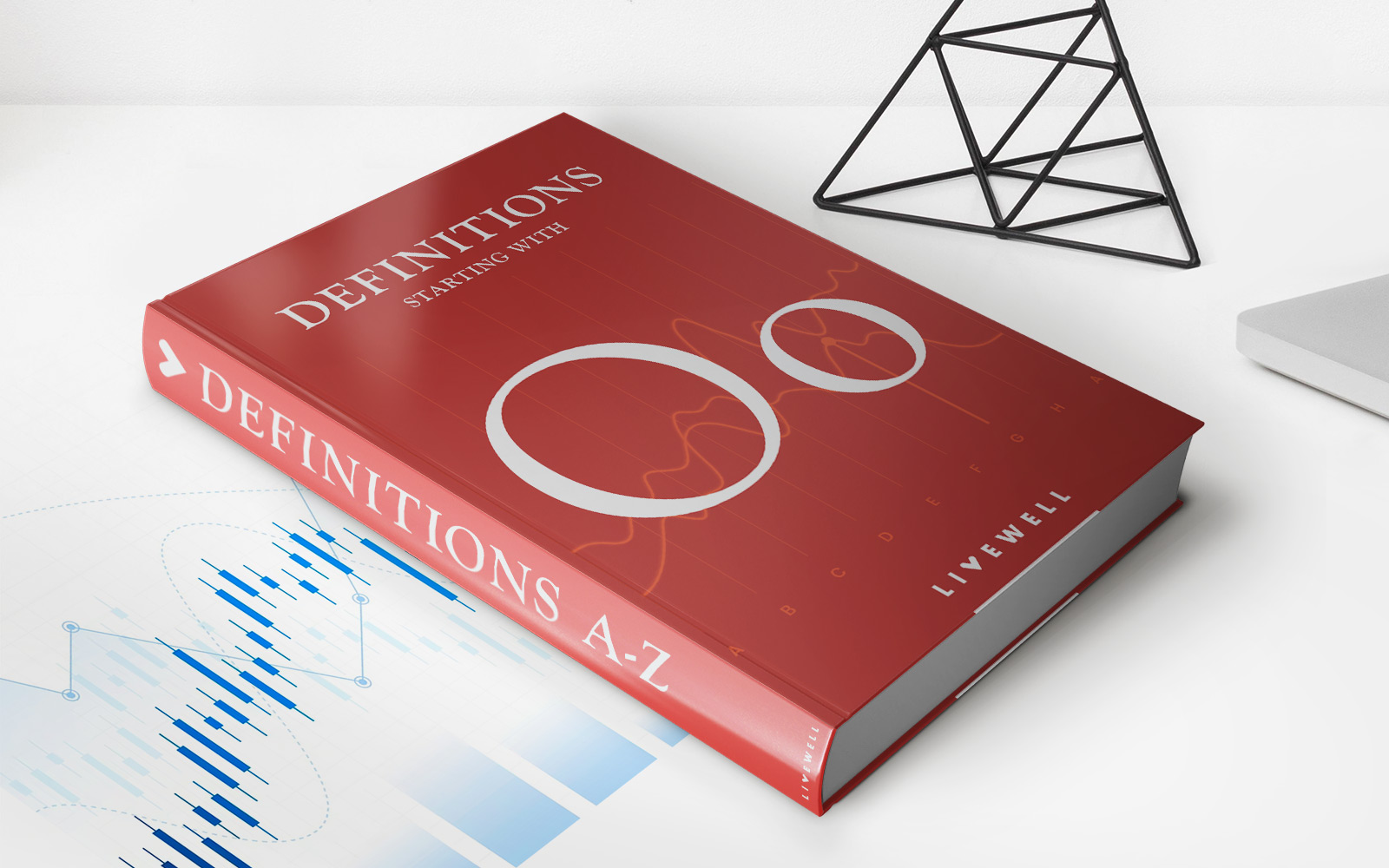

Finance
Commercial Hedger Definition
Published: October 29, 2023
Learn the definition of a commercial hedger in finance and how they manage risk in the market. Understand their role in business and financial planning.
(Many of the links in this article redirect to a specific reviewed product. Your purchase of these products through affiliate links helps to generate commission for LiveWell, at no extra cost. Learn more)
Demystifying Commercial Hedger Definition: Understanding the Basics of Financial Risk Management
In the world of finance, risk management plays a crucial role in protecting businesses from potential financial losses. One key strategy used by many companies is hedging, specifically commercial hedging. In this article, we will take a deep dive into the commercial hedger definition, helping you understand the fundamentals of this essential financial tool.
Key Takeaways:
- Commercial hedging helps businesses manage and mitigate risks associated with fluctuations in prices of commodities, currencies, or interest rates.
- Commercial hedgers are entities engaged in the production, consumption, or distribution of a specific product or service, using hedging instruments to offset potential losses.
But what exactly is a commercial hedger? In simple terms, a commercial hedger is an entity, be it a business or an individual, that engages in a specific industry or sector and uses various financial instruments to manage and protect itself against potential market risks. These risks can include price volatility, currency fluctuations, or changes in interest rates, all of which can significantly impact profitability.
How Commercial Hedging Works
Commercial hedging involves entering into financial contracts known as derivatives to reduce or eliminate the potential losses resulting from adverse market movements. These derivatives can include futures contracts, forwards, options, and swaps, each serving a particular purpose in hedging against specific types of risks.
Now, let’s explore a few key aspects of commercial hedging:
- Objective: The primary objective of commercial hedging is to protect businesses from unexpected price fluctuations or adverse market conditions that could negatively impact their profits.
- Hedging Instruments: Commercial hedgers typically use futures contracts, which are agreements to buy or sell an asset at a predetermined price and time in the future. These contracts allow them to lock in prices for the raw materials they need or the products they produce, ensuring a stable cost structure.
- Types of Commercial Hedgers: Commercial hedgers can be producers, consumers, or distributors within an industry. Producers, such as farmers or mining companies, hedge against sudden drops in commodity prices. Consumers, such as manufacturers or airlines, hedge against price increases in raw materials. Distributors, such as wholesalers or retailers, hedge against price fluctuations to ensure steady profit margins.
- Benefits and Risks: Commercial hedging allows businesses to manage their exposure to market risks, providing stability and predictability in their financial operations. However, it’s important to note that hedging strategies also come with risks and costs, which need to be carefully considered and managed.
Now that we have a good understanding of the commercial hedger definition and how it works, let’s explore some examples to further illustrate its application:
Example 1: A beverage manufacturing company
A beverage manufacturing company relies heavily on corn syrup as a key ingredient for its products. To protect itself from potential price increases in the corn market, the company can enter into a futures contract to buy corn syrup at a predetermined price. This way, even if corn prices surge in the future, the company is shielded from the impact and can maintain its profitability.
Example 2: An airline company
An airline company, which heavily depends on fuel for its operations, can use commercial hedging techniques to mitigate the risk of sudden spikes in oil prices. By entering into a futures contract to purchase jet fuel at a fixed price, the airline ensures stability in its fuel costs, effectively managing its exposure to unpredictable oil price fluctuations.
In conclusion, commercial hedging is a valuable risk management strategy used by businesses across various industries to protect themselves from unexpected price fluctuations and market conditions. By engaging in commercial hedges, entities can minimize the impact of volatile markets on their profitability, ultimately ensuring growth and success in the long run.
Remember, knowledge is power when it comes to financial risk management. By understanding the commercial hedger definition and how it works, you’ll be equipped with a powerful tool to navigate the complexities of the financial markets with confidence.














